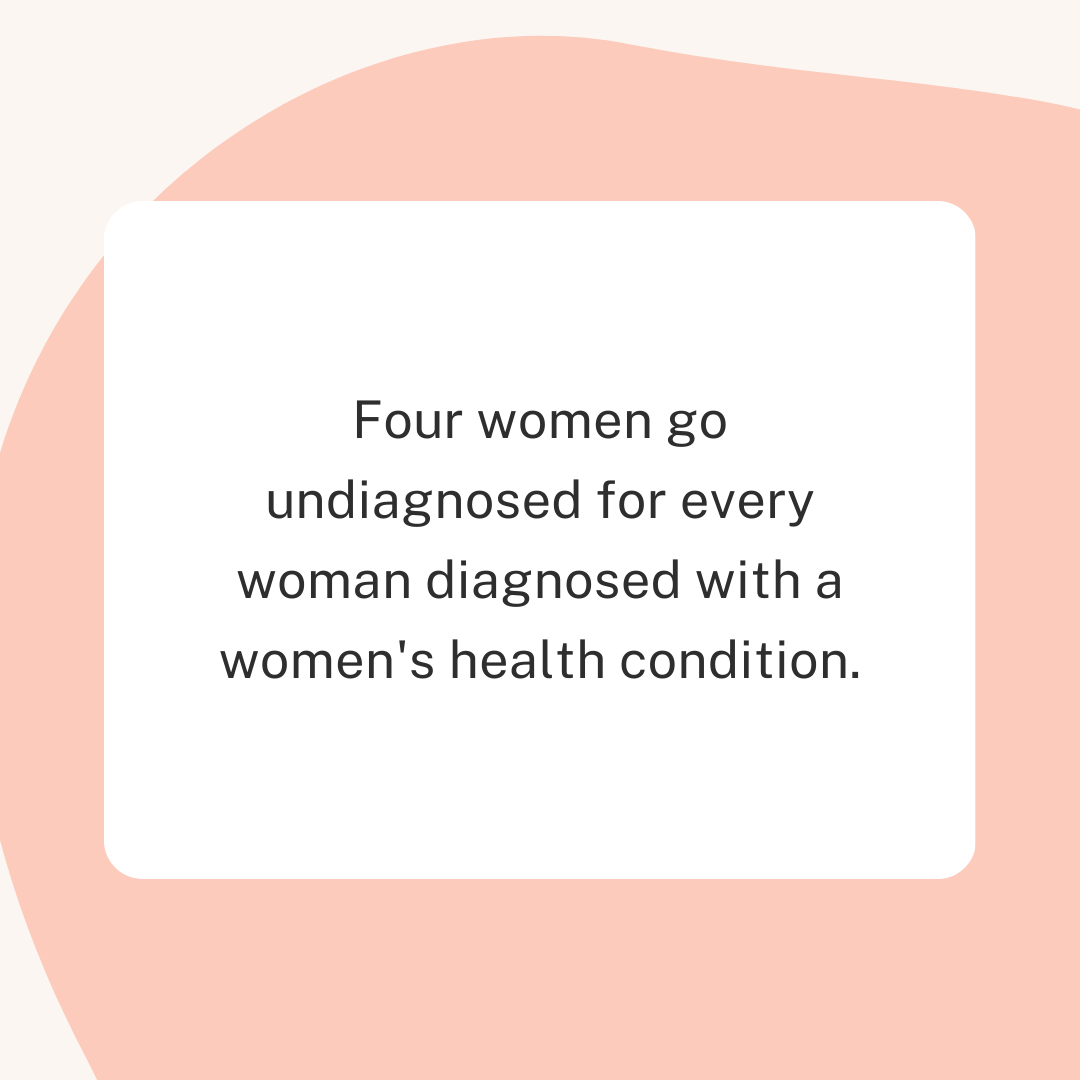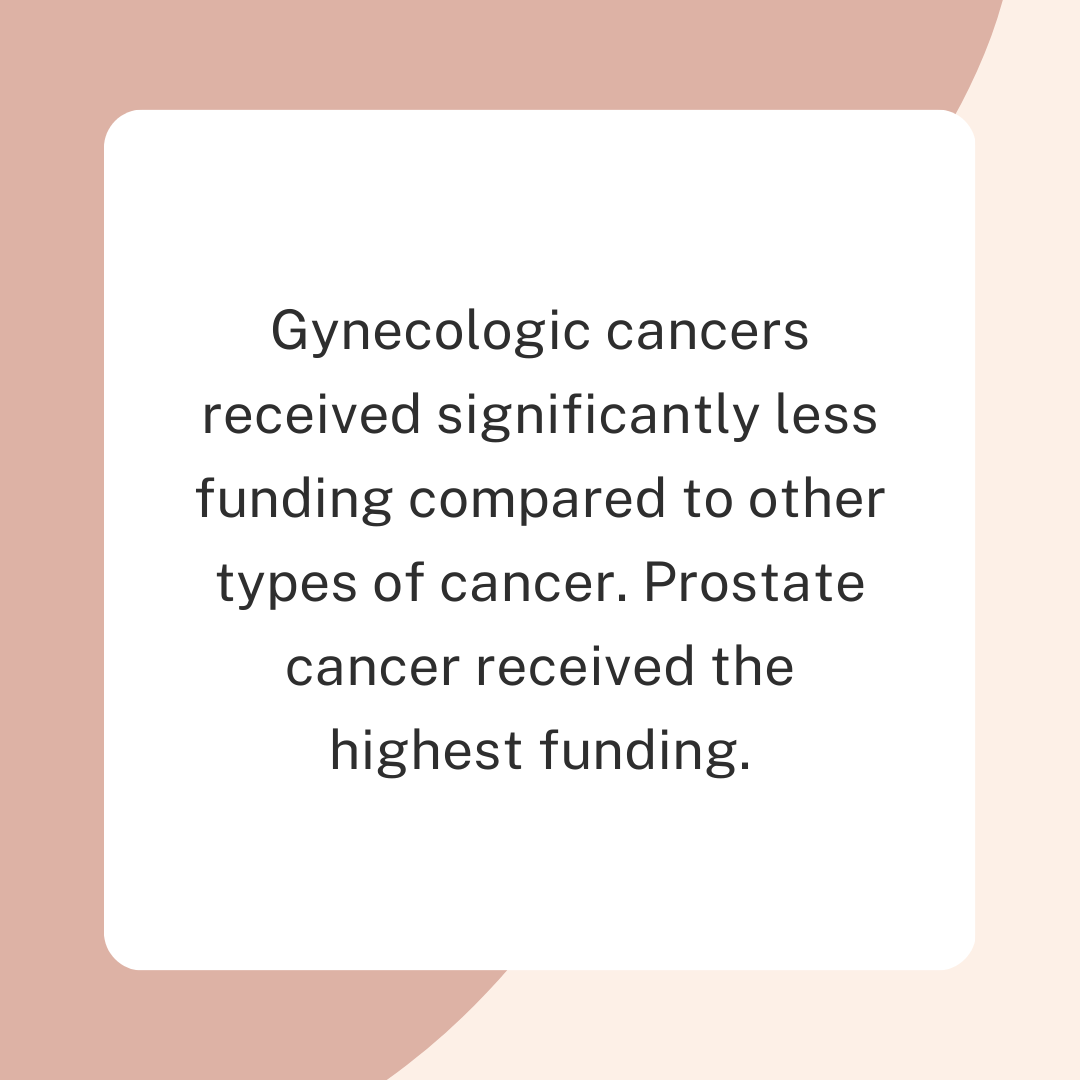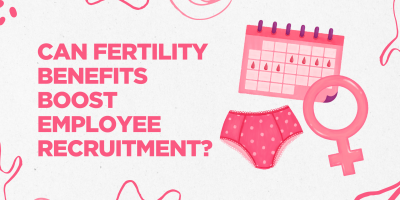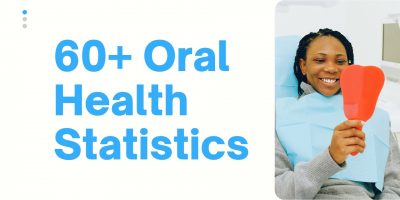
Promote Health Screenings during Breast Cancer Awareness Month
Explore the role of employers in raising awareness and how they can contribute to early detection through breast cancer screening recommendations as a preventative measure.

Over the last century, medical and social advancements have contributed to better health outcomes for women.
Today, the average life expectancy for women in the US has risen to 81, and we now have an HPV vaccine and a remarkable 99% five-year relative survival rate for localized breast cancer.
Even in fertility treatments like IVF, women under 35 now have a better than 50% chance of achieving a successful live birth.
However, despite this progress, disparities persist, particularly affecting women of color, those in rural areas, and those facing economic hardship.
Women have unique health needs and life experiences that are broader than reproductive and maternal care, which are not being addressed.
In this article, we explore the current state and cost of women’s health, examining the progress made and identifying opportunities for improvement.
Women comprise over 50% of the US population and nearly half the workforce. They are the key drivers of our economy by controlling 60% of personal wealth and making 85% of consumer spending decisions.
Yet, women are disproportionately impacted by diseases and lagging in many health outcomes.
In healthcare, this gender inequality can cost people’s lives.
While healthcare systems should provide equal care, there are many instances of unconscious biases and systemic gender inequalities that shape health outcomes.
Almost a third of women say a doctor has dismissed their concerns or did not believe them.
In numerous research findings, it’s evident that prejudice in healthcare has a heavier impact on women, frequently resulting in delayed diagnosis, incorrect diagnosis, or insufficient treatment.
According to McKinsey, approximately four women go undiagnosed for every woman diagnosed with a women’s health condition. In contrast, the percentage of undiagnosed cases is significantly lower for men.
Unsurprisingly, women in the United States reported the least satisfactory medical experiences compared to ten other high-income countries examined.
They bear a tremendous burden of chronic illnesses, exhibit the highest rates of skipping necessary healthcare due to financial constraints, struggle the most with affording healthcare, and express the lowest levels of satisfaction with the care they receive.

One apparent example of gender bias is cardiovascular disease (CVD), which is typically seen as a “male disease,” mainly because of gender bias.
Often, symptoms related to CVD in women are dismissed as anxiety or stress, leading to a late diagnosis. One study in the UK showed that over ten years, over 8,200 women died in England and Wales from heart attacks because they did not get the same standard of care as men.
When we consider that cardiovascular disease is the number one killer of women in the United States, it becomes evident that these biases can have grave consequences and affect health outcomes.
In short, one’s gender greatly influences screening capabilities, diagnosis, and treatment.
However, the inequality of treatment and bias extends beyond healthcare experiences and seeps into science itself.
Historically, women have been underrepresented in health research; therefore, our understanding of women’s health is limited.
In fact, until 1993, both women and female animals were excluded from clinical trials.
For example, we mentioned that cardiovascular diseases are the number one killer of women in the US. Still, only a third of participants in clinical trials for new treatments for CVDs are female.
Similarly, out of the 6.2 million people who have Alzheimer’s, almost two-thirds are women, but in the majority of animal studies of this disease, researchers are not reporting the sex of the animals.
While there’s progress, the impact of decades of limited knowledge is far-reaching.
Without precise data on the potential return on investment (ROI) from women’s health research, policymakers and business leaders are missing a crucial foundation, making women’s health a “niche” market.
For these reasons, diseases impacting women receive significantly less federal research funding than diseases affecting men with equal burden.
Shockingly, in almost 75% of instances where a disease predominantly impacts one gender, those labeled as “men’s diseases” tend to receive excessive funding, whereas “women’s diseases” are severely underfunded.
The National Cancer Institute discovered that gynecologic cancers received significantly less funding compared to other types of cancer.
When funding was adjusted based on years of life lost, ovarian cancer ranked 10th, followed by cervical cancer at 12th, and uterine cancer at 14th out of 18 different cancers.
Prostate cancer received the highest funding.
However, data shows that even minor improvements can yield significant benefits.
One study ran simulations on the potential return on investments (ROI) if the budget for women’s health was doubled, assuming the smallest health improvements of 0.1% in certain disease burdens over 30 years.
They found that if the NIH budget for coronary artery disease in women is doubled from the current $20 million, the outcome is a staggering ROI of 9,500%.
Similarly, doubling the budget for rheumatoid arthritis in women from its current $6 million would deliver an ROI of 174,000% and add $10.5 billion to the economy.
In other words, even slight improvements in women’s health from increased research funding can lead to significant returns, including extended life years, reduced disease burden, and enhanced work productivity.
Recognizing this gap, the Biden administration announced a groundbreaking initiative to address women’s health research – with the help of experts from academia, doctors, patient advocates, and policymakers working together to improve research and funding in women’s health.

Despite disparities in women’s health research, the potential market for women’s healthcare is substantial and expanding.
In the United States alone, working-aged women collectively spend approximately $15 billion more annually out-of-pocket on healthcare compared to men.
There are several reasons for these discrepancies, and they come down to expenses related to pregnancy and childbirth, women’s higher healthcare utilization rates, and the fact that it often takes women longer to get diagnosed.
In addition, many products that are marketed for women are priced higher, often called the “pink tax,” from razors and laxatives to kids’ bike helmets and even insurance.
Studies show that even with health insurance, women have higher out-of-pocket expenses, as they require medical services that surpass the typical deductible.
For a while, the women’s health sector has been limited by the widespread belief that it only revolves around fertility and pregnancy.
As a result, companies focused on fertility and pregnancy have received the most attention and investment in this field.
However, there is a shift happening now.
In recent years, investors have become more open to exploring the overlooked potential in addressing a broad range of women’s health issues throughout their entire lifespans.
For example, these are some facts about female-dominant conditions:
The immense potential for advancement in the women’s health market cannot be overlooked, yet there’s a noticeable lack of attention from investors in this area.
Despite the increasing traction of FemTech, which focuses on developing healthtech solutions tailored to women’s specific needs, many challenges remain.
As the “Innovation in Women’s Health” report shows, women’s health companies are consistently valued lower than healthcare companies overall.
A significant barrier has been the scarcity of clinical research and outcomes data, discouraging many investors from entering these “uncharted” waters of women’s health.
However, as more clinical trials progress and data become available, the development of science-based diagnostics, devices, and therapeutics tailored to women’s health needs is expected to advance significantly.
In the third quarter of 2023 alone, a groundbreaking $435 million was invested in non-reproductive companies, marking a record for a single quarter in terms of investment in women’s health.
The economic consequences for businesses and the workforce are vast when women are held back from working due to insufficient treatment options or family caregiving responsibilities.
One study from Deloitte shows that companies with strong female representation at senior levels are 50% more likely to surpass their competitors.
Furthermore, data reveals that having a minimum of 30% women in C-suite positions results in an additional 6% boost to corporate profit margins.
However, any discussion about elevating women in the workforce and promoting their presence in top executive positions must also include conversations about health.
While traditional benefits can engage all employees, focusing on programs tailored to women’s specific needs can significantly impact gender diversity in the workforce.
However, progress in this area remains slow.
Only 23% of organizations have conducted analyses to identify healthcare needs for late-career workers or track gender-specific health (25%) and caregiving needs (31%).
Globally, the monitoring of financial wellness and savings rates by gender remains alarmingly low, around 8-9%.
Without adequate attention to these critical issues, the workforce will continue to face challenges in achieving true gender equality and maximizing its potential.
Senior Content Writer at Shortlister
Browse our curated list of vendors to find the best solution for your needs.
Subscribe to our newsletter for the latest trends, expert tips, and workplace insights!

Explore the role of employers in raising awareness and how they can contribute to early detection through breast cancer screening recommendations as a preventative measure.

Can fertility benefits become a recruiting and retention magnet in the ever-evolving workplace landscape?

As heart disease and work stress are closely linked, the question remains: Can the stress caused by work be so severe that it causes a heart attack?

From global impact to age-specific challenges – explore oral health statistics and insights to promote accessible dental care.
Shortlister Connect is a tool specifically designed to be utilized by the HR and Procurement/Sourcing teams within mid-size, large and jumbo employers. Shortlister Connect allows these teams to efficiently research & identify their optimal vendor partners, track existing vendor relationships & performance and “connect” with other employers to share successes and vendor experiences.
If you are not on the HR or Procurement/Sourcing team within an employer with over 200 employees, you will not be granted access to Connect. Examples of individuals that would not be granted access include, but are not limited to: vendors, students, practitioners, researchers, other non-employers or anyone that is unwilling to identify themselves will not pass our vetting criteria. If you are a consultant, Shortlister offers a specialized product for consultants, called Shortlister Select. You can email Tom Ciccotti at tciccotti@myshortlister.com to learn more about Shortlister Select.
***Shortlister retains the exclusive right to grant or deny access to any party to ensure the privacy of the vendors in our system.
Please login with your LinkedIn Credentials
Used by most of the top employee benefits consultants in the US, Shortlister is where you can find, research and select HR and benefits vendors for your clients.
Shortlister helps you reach your ideal prospects. Claim your free account to control your message and receive employer, consultant and health plan leads.